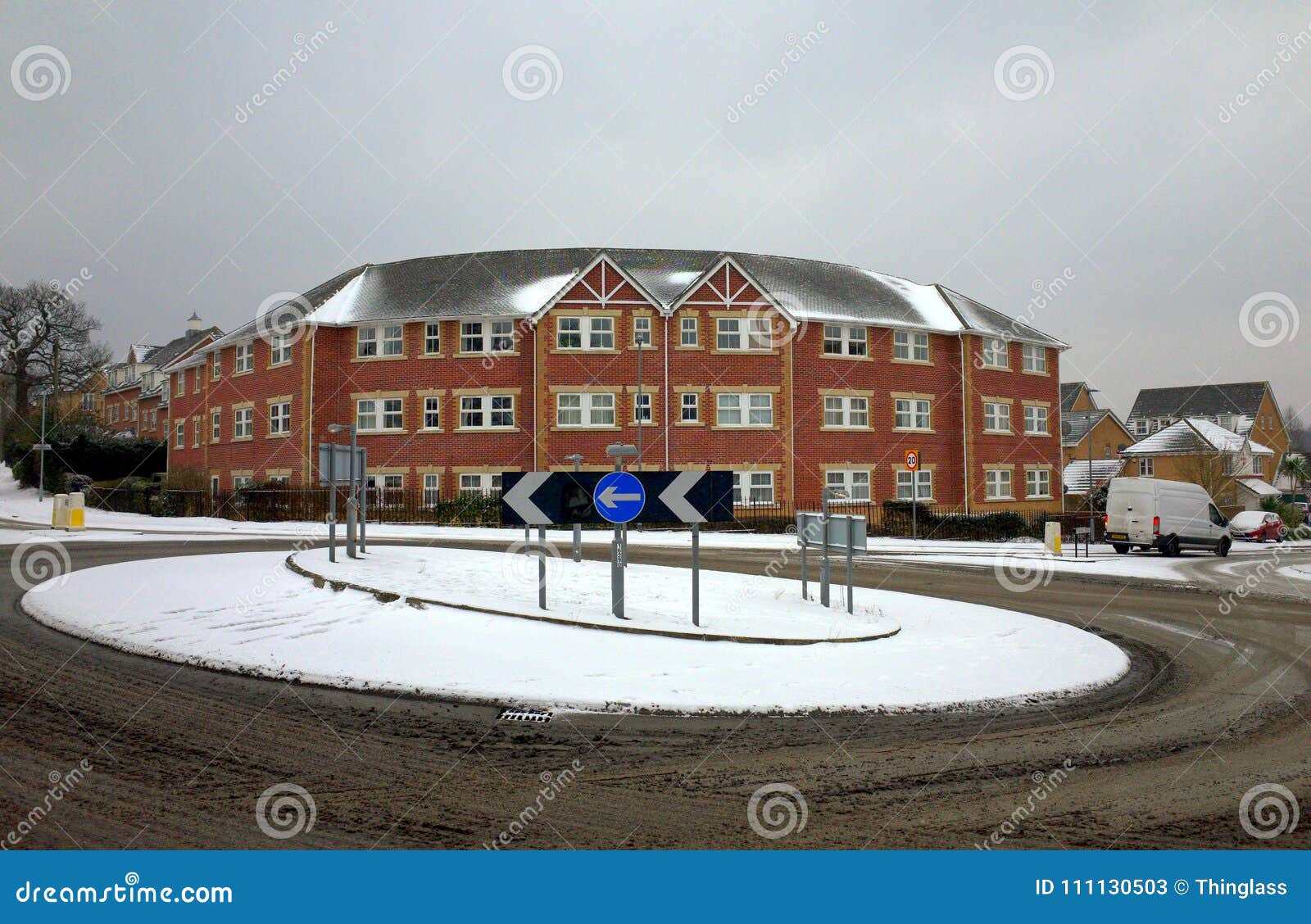lenaitch
Senior Member
In many cases in the UK, you see a roundabout with simply a small white dot painted in the centre, as opposed to a physical middle. Functionally, a cone or a little flasher in the middle of most intersections, with the appropriate arrows, would work fine for small intersections.
Like other road markings, something painted on the road is useless when covered in snow. In Ontario, an intersection without a physical circle would be called a slalom!






